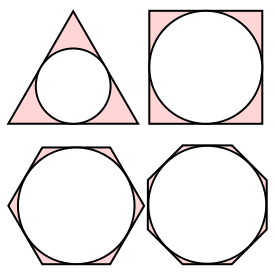 I've talked to dozens of people who have a dramatic misunderstanding of tax brackets (or tax rate schedules). In fact, I think I've run into more people who misunderstand how taxes work than who understand. So, I thought I'd demystify one small part of the American income tax system — brackets.
I've talked to dozens of people who have a dramatic misunderstanding of tax brackets (or tax rate schedules). In fact, I think I've run into more people who misunderstand how taxes work than who understand. So, I thought I'd demystify one small part of the American income tax system — brackets.Many people believe that shifting from one tax bracket to another yields a major leap in income tax. This is incorrect. When you move from the 15% tax bracket to the 25% bracket for example, you're not suddenly paying an additional 10% in taxes. That is to say that if you make $33,950.00 per year (the highest salary for the 15% bracket) and you get a 1 cent raise bumping you up to the next tax bracket, that your change in income tax will actually be zero dollars.
Here's how that works. If you're in the 15% bracket, you pay 15% on income above $8,350.00 and you add $835 to that. The next bracket up is for people who earn more than $33,950.00 and less than $82,250.00. They pay 25% on income above $33,950.00 plus $4,675.00. Now, here's an interesting observation. If you take 15% of $33,950.00 - $8,350.00 (the maximum for the 15% bracket) and add $850, you get $4,675.00. That means that the maximum for the 15% bracket is the same as the minimum for the 25% bracket.
Thus, there's not a major leap between brackets. So, what are brackets for? Well, basically, the tax bracket just defines the rate of change between the minimum and the maximum incomes in the bracket. If you remember taking algebra back in the old days, you're just talking about slope. Basically, your tax bracket defines the slope of the line on which your tax is determined from your income.
Consider the slope-intercept form for a line: y = mx + b where b is the y intercept and m is the slope. If you look at the graph at the top of this blog (created with a free iPhone app called grafunc by Fabio Policarp), you'll see a blue and an orange line. The blue line represents the 15% bracket using the equation y = .15 (x - 8350) + 835 and the orange line represents the 25% bracket with the equation y = .25 (x - 33950) + 4675. Where those two lines intersect is where you switch brackets.
That's about all there is to understanding tax brackets. There's much more to understand about taxes, but that's another blog post altogether.
 Programming is a gas. I don't mean programming is entertaining and exciting (even though sometimes it really is); I mean more along the lines of the physical state of matter. Programming is a gas. You see, a gas having perfect mobility and infinite expansion will take the size and shape of the container you put it in.
Programming is a gas. I don't mean programming is entertaining and exciting (even though sometimes it really is); I mean more along the lines of the physical state of matter. Programming is a gas. You see, a gas having perfect mobility and infinite expansion will take the size and shape of the container you put it in. Almost every project I've been on has had two constraints . . . money and time. Before a pen ever touches the signature line on the contract, the project is doomed. The shape of the project is defined by money and time, not by desired features.
Almost every project I've been on has had two constraints . . . money and time. Before a pen ever touches the signature line on the contract, the project is doomed. The shape of the project is defined by money and time, not by desired features.  A few hours ago, I posted my
A few hours ago, I posted my